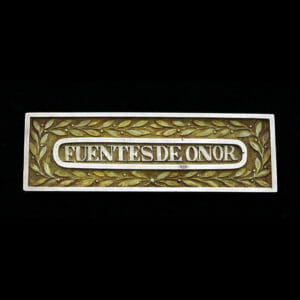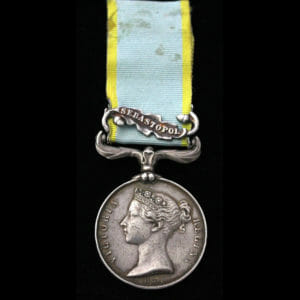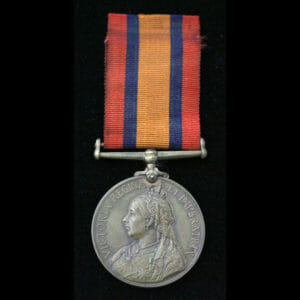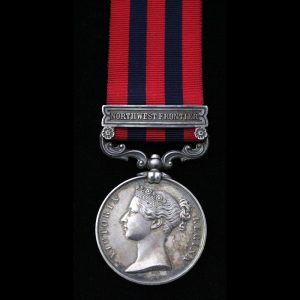Description
New Zealand War Medal, dated 1864 to 1866, 4176 Pte James Canning, 68th Durham Light Infantry, a branded “D” for Deserter, who saw extensive service with the 68th Regiment.
Officially impressed: “4176 Jas Canning 68th Lt Infty”
James Canning was born circa 1828 in Ballynascreen, Derry, Ireland (Now Northern Ireland).
He attested for service with the 68th Regiment of Light Infantry on 4th August 1855.
He would served for 19 years 213 days, of which 7 years 6 months were overseas.
He saw the following overseas service:
Malta, 5 months, Ionian Islands, 1 year 4 months, New Zealand, 2 years 7 months, East Indies, 3 Years 3 Months.
His statement of service on discharge states: “His conduct has been very good and that he is in possession of four good conduct badges and the New Zealand War Medal, is not in possession of an educational certificate.”
“Has been once entered in the regimental defaulters book, Has been once tried by Court Martial.”
Unfortunately for him, the one time he deserted during his service was between 1858 and 1879, during this time following the British Mutiny Act of 1858, following a court martial for desertion the Army could choose to Brand the deserter “On the left side, 2 inches below the armpit, with the letter D, such letter to be not less than an inch long”.
The branding was fortunately not done by Hot Iron anymore, but instead done by tattooing with ink of gunpowder.
An example of this branding is displayed in the Army Medical Services Museum with the implements used, they hold a preserved pieces of skin, from a post mortem, of a branded deserter.
Following being found as medically unfit for further service he was discharged on 28th May 1877 at Netley, his distinguishing marks described as “Marked with the letter D”.





